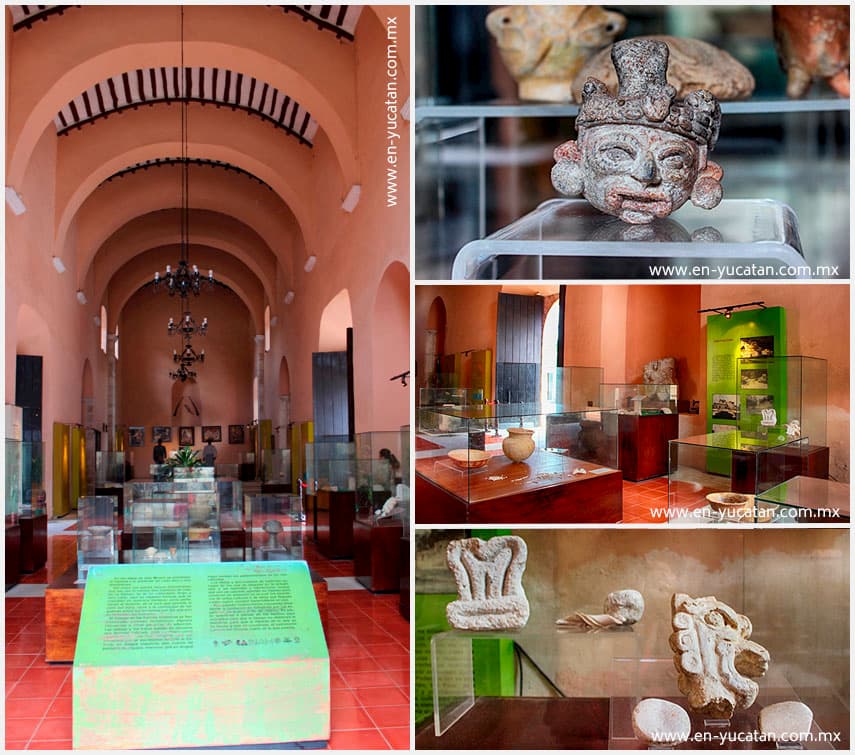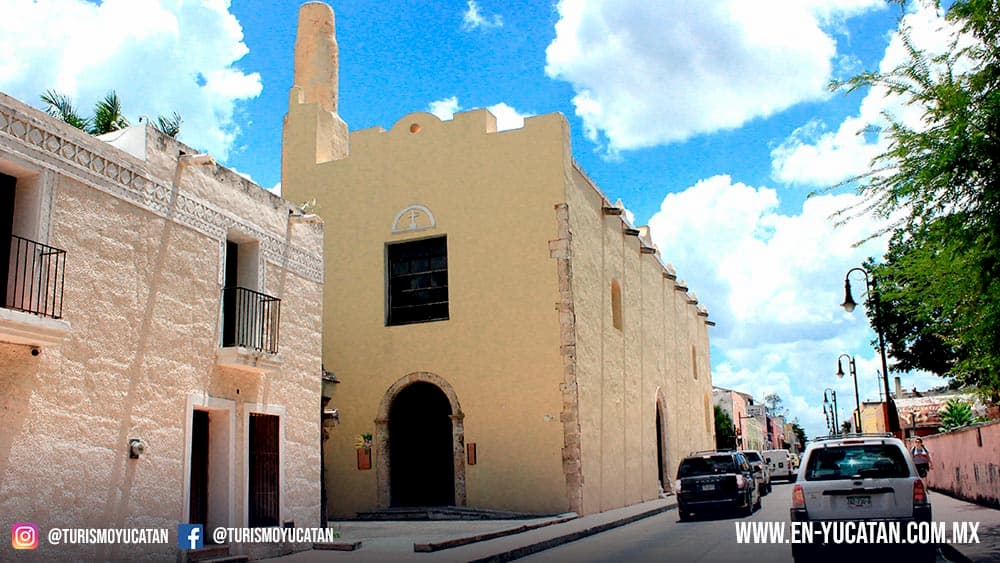The name of Sisal derives from the mayan Ziiz-Ha, which translates as Cold Water, possibly because of the cenote that still exists today in the convent and above whose vault a renowned orchard was grown.
The indian town of Sisal was located outside the walls from the 16th Century up to the 19th Century. Correspondent to indian towns, stands out its majestic convent with three atrial squares at the front and sides. According to 1805 census, in the town lived not one white man, only indigenous population.

Sisal was owned in 1549 by Baltazar Callejo (de Montenegro), and 30 years later by a descendant of his, Baltazar de Montenegr. In 1606, the third owner seems to be Baltazar de Gallegos. By the end of the 18th Century, the town was property of the Crown.
The image of the Redeemer occupies a predominant place in the temple of Sisal for its veneration and it is motif of the religious festivities celebrated at the Convent of Sisal, in July.
The books and documents of European tradition currently in its possession and the Mayan legends and tales still told, contribute their own richness to build a present in which the heirs of these cultures and any other coming in to the region, can evolve peacefully.
It’s been over 450 years since the foundation of Valladolid by the Spanish it is fair to stop and think about the events that have occurred here so times does not destroy the memory, so the richness that has been made and is still made, the cultural heritage of eastern Yucatan, Valladolid speak of what we are.
